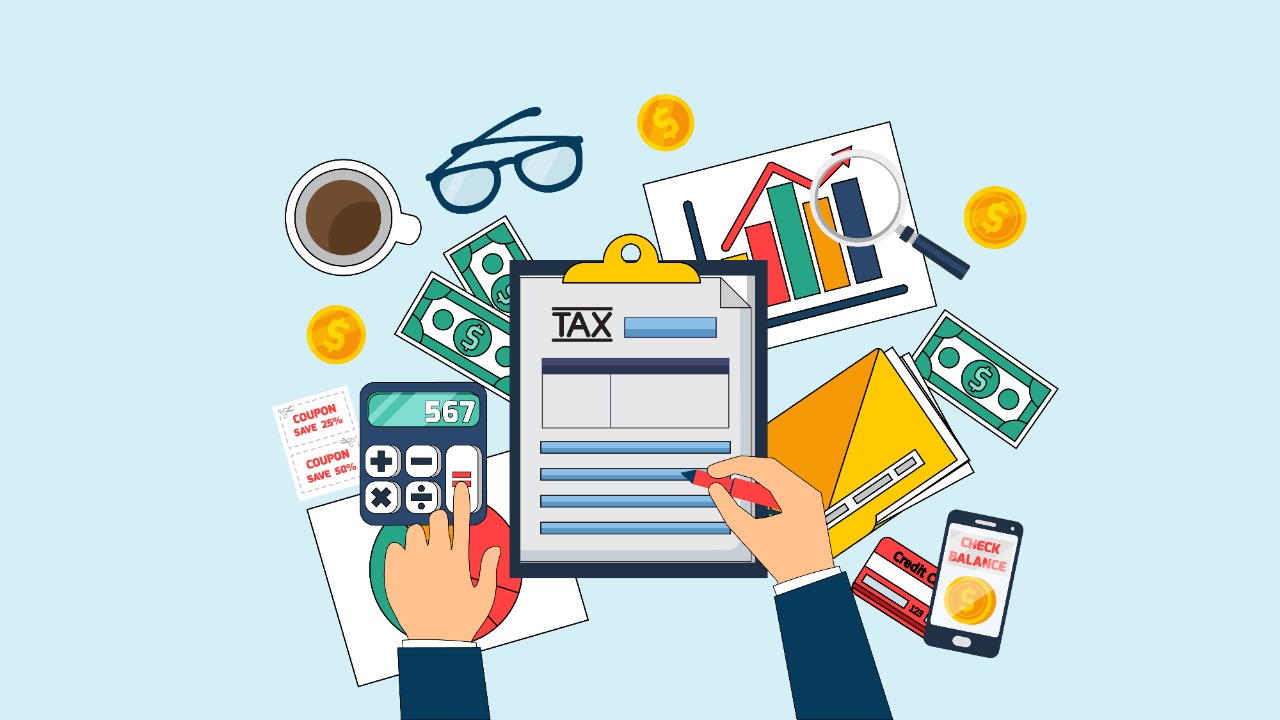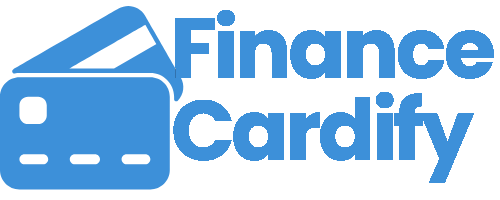Navigating the world of taxes can feel overwhelming, especially when you’re just starting out. The jargon, the forms, the deadlines—it’s enough to make anyone’s head spin. However, tax planning isn’t about finding complicated loopholes or engaging in risky behavior. It’s about being proactive and making smart financial decisions throughout the year to minimize your tax liability and maximize your wealth. Think of it as a form of financial hygiene—something you do regularly to maintain a healthy financial life.
This guide will demystify the basics of tax planning and provide actionable steps for beginners. We’ll explore fundamental concepts and strategies that can help you save money, avoid penalties, and build a solid financial foundation.
Understanding the Basics: Taxable Income and Deductions
Before you can plan, you need to understand what you’re dealing with. At its core, your tax liability is based on your taxable income. This isn’t just the salary you earn from your job; it also includes income from other sources, such as freelance work, investments, or rental properties.
The goal of tax planning is to legally reduce this taxable income. How do you do that? By leveraging deductions and credits.
- Deductions: These are expenses that you can subtract from your gross income, which lowers your taxable income. For example, if your gross income is $60,000 and you have $5,000 in eligible deductions, your taxable income drops to $55,000. Common deductions for individuals include the standard deduction, or if you itemize, things like state and local taxes, mortgage interest, and charitable contributions.
- Credits: These are even more powerful than deductions. A tax credit is a dollar-for-dollar reduction of the actual tax you owe. For instance, a $500 tax credit directly lowers your tax bill by $500. Credits are available for things like education expenses, child and dependent care, and certain energy-efficient home improvements.
The key takeaway? A deduction reduces the amount of income you are taxed on, while a credit directly reduces your tax bill. Always prioritize looking for credits first.
Step 1: Start Early and Stay Organized
Tax planning isn’t a last-minute chore you tackle in April. It’s a year-round activity. The best time to start thinking about your taxes is right now.
- Create a System: Use a spreadsheet, a dedicated app, or even a simple folder to keep track of all your financial documents. This includes pay stubs, receipts for business expenses, donation receipts, and records of investment gains or losses.
- Know Your Deadlines: Missing a deadline can result in costly penalties. Mark your calendar for key dates, such as the quarterly estimated tax payment deadlines if you are self-employed, and the annual tax filing deadline.
- Review Your Withholding: If you’re an employee, your employer withholds a portion of your paycheck for taxes. Review your W-4 form to ensure the amount being withheld is appropriate. A big refund might feel good, but it’s essentially an interest-free loan you’ve given to the government. Adjusting your withholding can put more money in your pocket throughout the year.
Step 2: Leverage Retirement Accounts for Tax Savings
One of the most effective and accessible tax planning strategies for beginners is to use retirement accounts. These accounts aren’t just for retirement; they are powerful tools for reducing your current and future tax burden.
- Traditional 401(k) and IRA: Contributions to these accounts are typically tax-deductible. This means the money you put in reduces your taxable income for the year you make the contribution. For example, if you contribute $5,000 to a Traditional IRA, your taxable income is reduced by $5,000. Your money grows tax-deferred, and you pay taxes only when you withdraw it in retirement.
- Roth 401(k) and IRA: With these accounts, you contribute with after-tax dollars. The contributions are not tax-deductible, but the money in the account grows tax-free. When you withdraw the money in retirement, both your contributions and your investment gains are completely tax-free. This is an excellent choice if you believe you will be in a higher tax bracket in the future.
Deciding between a Traditional and a Roth account depends on your current and future financial situation, but contributing to either is a smart move.
Step 3: Maximize Your Deductions and Credits
Once you understand the basic mechanisms, the next step is to actively seek out ways to lower your taxable income.
- Standard vs. Itemized Deductions: Most taxpayers take the standard deduction, which is a fixed amount. However, if your eligible itemized deductions (e.g., state and local taxes, mortgage interest, charitable donations) exceed the standard deduction, you should itemize instead. It’s crucial to keep good records of all potential itemized deductions to make this calculation at tax time.
- Education and Student Loan Deductions: If you’re a student or paying off student loans, you may be eligible for tax benefits. The Student Loan Interest Deduction allows you to deduct up to a certain amount of the interest you paid on your loans. The American Opportunity Tax Credit (AOTC) and Lifetime Learning Credit (LLC) can help offset the cost of higher education.
- Health Savings Account (HSA): If you have a high-deductible health plan, an HSA is a triple-tax advantage vehicle. Your contributions are tax-deductible, the money grows tax-free, and withdrawals for qualified medical expenses are also tax-free. An HSA can be a powerful tool for both healthcare savings and tax-advantaged investing.
Step 4: Special Considerations for Self-Employed Individuals
If you work for yourself as a freelancer or small business owner, tax planning becomes even more critical. You are responsible for paying your own income and self-employment taxes (Social Security and Medicare).
- Estimated Quarterly Taxes: The IRS requires you to pay taxes throughout the year. You must calculate and pay estimated taxes four times a year. Failing to do so can result in penalties.
- Business Expense Deductions: A major benefit of being self-employed is the ability to deduct legitimate business expenses. This can include home office expenses, supplies, software, travel, and a portion of your health insurance premiums. Keep meticulous records of all business-related spending.
- Retirement Accounts: Consider a SEP IRA or a Solo 401(k), which allow you to contribute much larger amounts than a traditional IRA, significantly lowering your taxable income.
Final Thoughts: The Mindset of a Smart Tax Planner
Tax planning is not about being a tax expert; it’s about building consistent habits. The goal is to avoid surprises and make thoughtful financial decisions that align with your long-term goals.
Start small:
- Open a retirement account.
- Review your W-4.
- Start a digital folder for receipts.
By taking these small, consistent steps, you’ll gain confidence and build a strong financial foundation. The effort you put in now will pay off in the form of more money in your pocket and greater financial peace of mind. Remember, tax planning is a journey, not a destination. It’s about empowering yourself to take control of your financial future.


